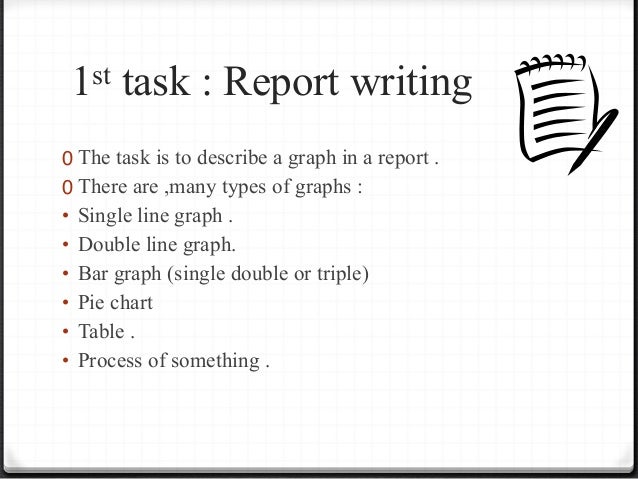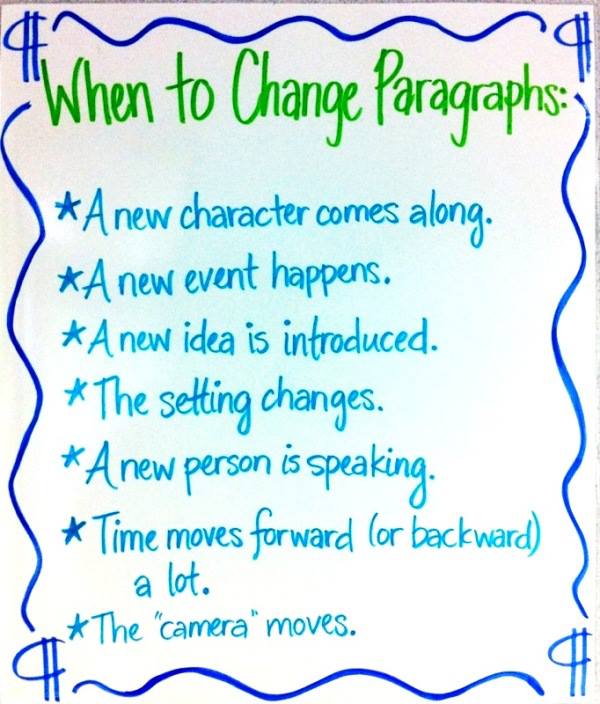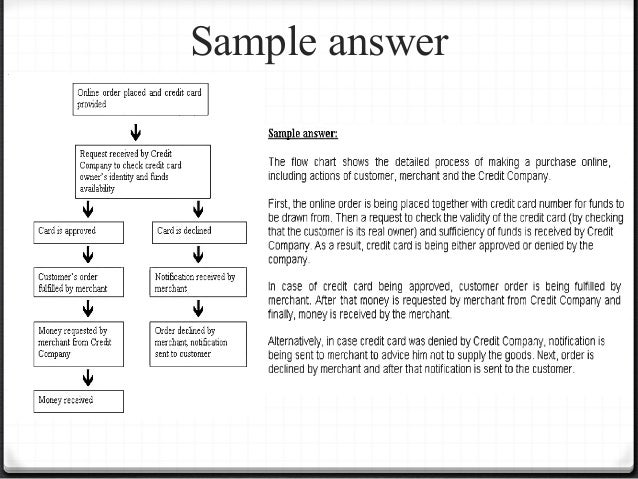IELTS Writing Tips
IELTS Classroom:IELTS Writing Tips
- Below you’ll find important IELTS writing tips to help you with task 1 and 2 of the IELTS writing module.
- Don’t write too little For task 1 you have to write 150 words, and for task 2 you have to write 250 words. Make sure you do not write less than this amount or your band score may be reduced.
- Begin to get an idea of how many words you normally write on one line. This way you will know roughly how much you have written without having to keep counting all the words – you probably won’t have time to do this!

- Don’t write too much The examiner is looking for quality, not quantity! You will not necessarily get more marks for writing more, so don’t write more for no reason.This will really depend on your writing ability. Someone of a higher level who needs to spend less time checking their grammar will have time to write more.
- But if this is not you, then make sure you write at least the minimum number of words, then use the extra time to check your grammar.
- Plan and check your answer Don’t just start writing when the time begins and stop when it finishes.
- Use some time at the beginning checking you understand the question, brainstorming your ideas and planning your answer.
- Then spend some time at the end checking your grammar.
- Spend more time on Task 2 More of the marks are for task 2 and this task requires 100 more words, so spend 20 minutes on task 1 and 40 minutes on task 2.
- It does not matter which task you write first.

- Write clearly You are not being graded on your handwriting; however, if the examiner cannot read some things you have written, it is not going to help you! So try to write clearly.
- Organize clearly Don’t present the examiner with a wall of writing! Make sure you make use of paragraphing to divide up the different arguments or topics you are discussing.
- Don’t copy the question Never copy the question! You may want to use the question (or rubric as it is called) in the introduction of both tasks in order to introduce the topic, but make sure you put it in your own words.
- Use a variety of sentence structures The examiner will be looking to see what your grammatical range is so make sure you are not just using a limited range of sentence types.
- To get a higher score you will need to show you can use simple, compound and complex sentences.
- Read the question carefully This is one of the most important IELTS writing tips! When my students write essays, one of the most common mistakes is not answering the question.Study the rubric very carefully and make sure you are clear about what you have to write about.
- If you are writing about the wrong topic or not responding to exactly what the question asks you, your band score will be lower.
- Read all instructions carefully As with all of the modules of the IELTS test, make sure you read all the instructions carefully. These will tell you where you need to write each answer and what you need to do.
How to Write an IELTS Essay
On this page you will find some guidance on how you should write anIELTS essay. There are then model answers on the following pages for different types of essay and different questions, with some brief guidance on each. It is important to analyse model answers for IELTS essays because there are different essay types, and these will require different ways to answer them. However, as you will see from the guidance on this page, they can all follow the same basic structure. These are some of the types of IELTS essay we will look at:- Agree / disagree
- Discuss two opinions
- Advantages & disadvantages
- Causes (reasons) & solutions
- Causes (reasons) & effects
- Problems & solutions

How do I Write an IELTS Essay?
In order to answer this, lets first look at a sample question:
You should spend about 40 minutes on this task.
Write about the following topic:
In the last 20 years there have been significant developments in the field of information technology (IT), for example the World Wide Web and communication by email. However, these developments in IT are likely to have more negative effects than positive in the future.
To what extent do you agree with this view?
Give reasons for your answer and include any relevant examples from your own experience or knowledge.
Write at least 250 words.
- Introduction
- Body Paragraphs
- Conclusion
1) Introduction
You should keep your introduction for the IELTS essay short. Remember you only have 40 minutes to write the essay, and some of this time needs to be spent planning. Therefore, you need to be able to write your introduction fairly quickly so you can start writing your body paragraphs. You should do just two things:- State the topic of the essay, using some basic facts (that you may be able to take from the question)
- Say what you are going to write about
The last two decades have seen enormous changes in the way people’s lives are affected by IT, with many advances in this field. However, while these technological advances have brought many benefits to the world, it can be argued that these developments in IT will result in more negative impacts than positive.As you can see, the first sentence makes sure it refers to the topic (IT) and uses facts about IT taken from the question. Note that these are paraphrased – you must not copy from the rubric! The second part then clearly sets out the what the essay will be about and confirms the writers opinion (some questions may not ask for your opinion, but this one does).

2) Body Paragraphs
For an IELTS essay, you should have 2 or 3 body paragraphs – no more, and no less. For your body paragraph, each paragraph should contain one controlling idea, and have sentences to support this. Lets look at the first paragraph for the essay about IT. The essay is about the benefits and drawbacks of IT, so these will need to be discussed in separate paragraphs. Here is the first body paragraph:To begin, email has made communication, especially abroad, much simpler and faster, resulting in numerous benefits for commerce and business. Furthermore, theWorld Wide Web means that information on every conceivable subject is now available to us. For example, people can access news, medical advice, online education courses and much more via the internet. It is evident that these improvements have made life far easier and more convenient for large numbers of people and will continue to do so for decades to come.The controlling idea in this first paragraph is the ‘benefits of IT‘, and there are two supporting ideas, which are underlined. No drawbacks are discussed as the paragraph would then lose coherence. Most of the essay will focus on the negative aspects of IT, as the writer says there are more negative effects in the introduction. So the next two paragraphs are about these. The topic sentence in the next paragraph therefore tells us we are changing the focus to the negative points:
Nevertheless, the effects of this new technology have not all been beneficial. For example, many people feel that the widespread use of email is destroying traditional forms of communication such as letter writing, telephone and face-to-face conversation. This could result in a decline in people’s basic ability to socialize and interact with each other on a day-to-day basis.The final body paragraph gives the last negative effect:
In addition, the large size of the Web has meant that it is nearly impossible to regulate and control. This has led to many concerns regarding children accessing unsuitable websites and viruses. Unfortunately, this kind of problem might even get worse in the future at least until more regulated systems are set up.
3) Conclusion
The conclusion only needs to be one or two sentences, and you can do the following:- Re-state what the essay is about (re-write the last sentence of your introduction in different words)
- Give some thoughts about the future
In conclusion, developments in IT have brought many benefits, yet I believe developments relating to new technology are likely to produce many negative effects in the future that must be addressed if we are to avoid damaging impacts on individuals and society.
The full IELTS Essay:
The last two decades have seen enormous changes in the way people’s lives are affected by IT, with many advances in this field. However, while these technological advances have brought many benefits to the world, it can be argued that these developments in IT will result in more negative impacts than positive. To begin, email has made communication, especially abroad, much simpler and faster, resulting in numerous benefits for commerce and business. Furthermore, the World Wide Web means that information on every conceivable subject is now available to us. For example, people can access news, medical advice, online education courses and much more via the internet. It is evident that these improvements have made life far easier and more convenient for large numbers of people and will continue to do so for decades to come. Nevertheless, the effects of this new technology have not all been beneficial. For example, many people feel that the widespread use of email is destroying traditional forms of communication such as letter writing, telephone and face-to-face conversation. This could result in a decline in people’s basic ability to socialize and interact with each other on a day-to-day basis. In addition, the large size of the Web has meant that it is nearly impossible to regulate and control. This has led to many concerns regarding children accessing unsuitable websites and viruses. Unfortunately, this kind of problem might even get worse in the future at least until more regulated systems are set up. In conclusion, developments in IT have brought many benefits, yet I believe developments relating to new technology are likely to produce many negative effects in the future that must be addressed if we are to avoid damaging impacts on individuals and society. (287 words)]]>


